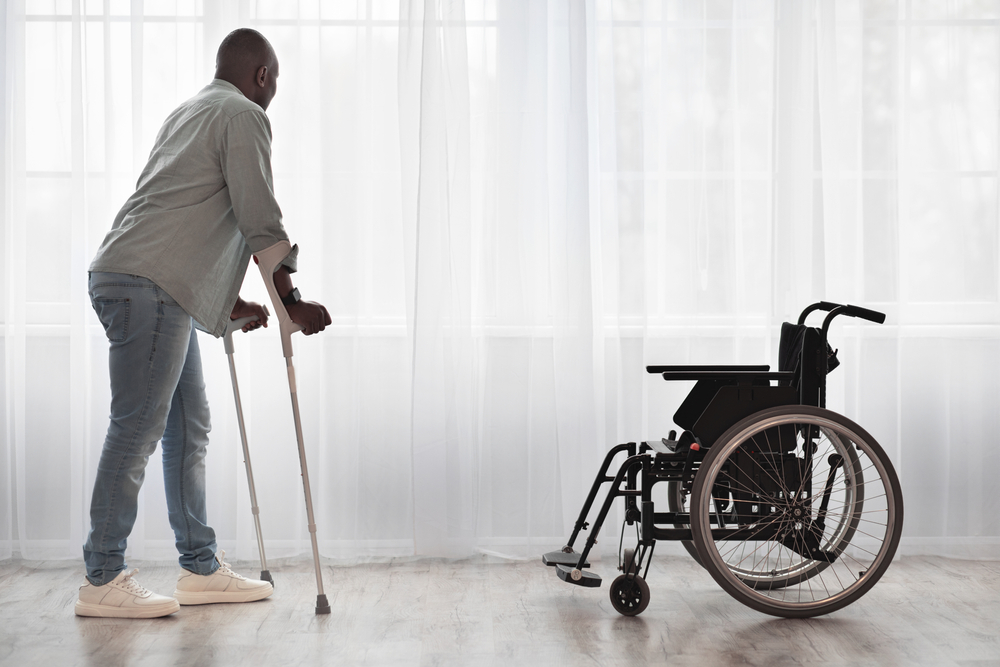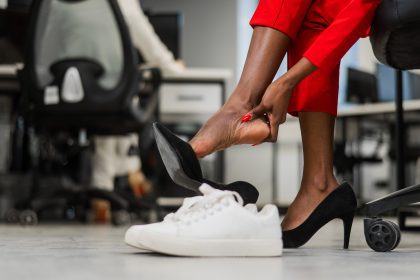As athletes age, the risk of injury increases, particularly in areas of the body that are subject to repetitive stress and strain. One such area is the Achilles tendon, a crucial part of the lower leg that connects the calf muscles to the heel bone. Achilles injuries can be debilitating and are especially common among older athletes. Understanding these injuries and how to avoid them is essential for maintaining an active lifestyle well into later years. This article will explore the most common Achilles injuries older athletes face and provide practical tips on how to prevent them.
Understanding the Achilles tendon
The Achilles tendon is the strongest and largest tendon in the human body. It allows us to walk, run and jump by transmitting the force from the calf muscles to the foot. Despite its strength, the Achilles tendon is prone to injury due to its limited blood supply and the significant stress it endures during physical activity.
Common Achilles injuries
Achilles tendinitis
Achilles tendinitis is an inflammation of the Achilles tendon. This condition is common among older athletes due to the cumulative wear and tear on the tendon over the years. Symptoms include pain, stiffness and swelling along the tendon, especially after periods of inactivity or intense exercise.
Achilles tendinosis
Unlike tendinitis, Achilles tendinosis involves degeneration of the tendon tissue rather than inflammation. This condition results from chronic overuse and is characterized by a thickened tendon with small tears. Tendinosis can lead to significant pain and reduced flexibility in the affected leg.
Achilles rupture
An Achilles rupture is a complete tear of the tendon. This injury is often sudden and can occur during high-intensity activities that involve sudden stops or changes in direction. Symptoms include a popping sound, severe pain and difficulty walking or standing on the affected leg. Achilles ruptures are serious and typically require surgical intervention followed by a lengthy rehabilitation period.
Causes of Achilles injuries
Several factors contribute to the risk of Achilles injuries in older athletes:
- Overuse: Repeated stress on the tendon from activities like running or jumping can lead to overuse injuries.
- Age-related degeneration: As we age, the tendons lose their elasticity and become more prone to injury.
- Poor conditioning: Weak calf muscles and lack of flexibility increase the strain on the Achilles tendon.
- Inadequate footwear: Wearing shoes that do not provide proper support can exacerbate the risk of Achilles injuries.
- Sudden increase in activity: Rapidly increasing the intensity or duration of physical activity without proper conditioning can overload the tendon.
Preventing Achilles injuries
Proper warm-up and cool-down
Warming up before exercise and cooling down afterward can significantly reduce the risk of Achilles injuries. A proper warm-up increases blood flow to the muscles and tendons, making them more flexible and less prone to injury. Stretching exercises — particularly those targeting the calf muscles — should be included in both the warm-up and cool-down routines.
Strengthening exercises
Strengthening the muscles around the Achilles tendon can help absorb some of the stress and reduce the risk of injury. Focus on exercises that target the calf muscles, such as calf raises and eccentric heel drops. Incorporating balance and stability exercises can also help improve overall lower limb strength and coordination.
Gradual increase in activity
Avoid sudden increases in the intensity or duration of your workouts. Gradually build up your activity levels to allow your body time to adapt. Following a structured training program that includes rest days can help prevent overuse injuries.
Proper footwear
Invest in high-quality athletic shoes that provide adequate support and cushioning. Replace worn-out shoes regularly, as they can lose their supportive properties over time. Custom orthotics may also be beneficial for individuals with specific foot mechanics that place additional strain on the Achilles tendon.
Flexibility training
Maintaining good flexibility in the calf muscles can reduce the strain on the Achilles tendon. Incorporate stretching exercises into your daily routine, focusing on the calf and Achilles tendon. Hold each stretch for at least 30 seconds and avoid bouncing, which can cause further injury.
Cross-training
Engaging in a variety of physical activities can help prevent overuse injuries by distributing the stress across different muscle groups. Incorporate low-impact exercises such as swimming or cycling into your fitness regimen to give your Achilles tendon a break from repetitive high-impact activities.
Listening to your body
Pay attention to any signs of pain or discomfort in your Achilles tendon. Ignoring early symptoms can lead to more severe injuries. If you experience persistent pain, seek medical advice to address the issue before it worsens.
Taking care of your Achilles tendon
Achilles injuries are a significant concern for older athletes, but they are not inevitable. By understanding the common types of Achilles injuries and implementing preventive measures, you can reduce your risk and continue to enjoy an active lifestyle. Proper warm-up and cool-down routines, strengthening exercises, gradual increases in activity, appropriate footwear, flexibility training, cross-training and attentive listening to your body are all essential strategies for maintaining the health of your Achilles tendon. With these practices, older athletes can avoid Achilles injuries and sustain their athletic pursuits for years to come. Remember, taking care of your body is crucial for long-term athletic performance and overall well-being.
This story was created using AI technology.















